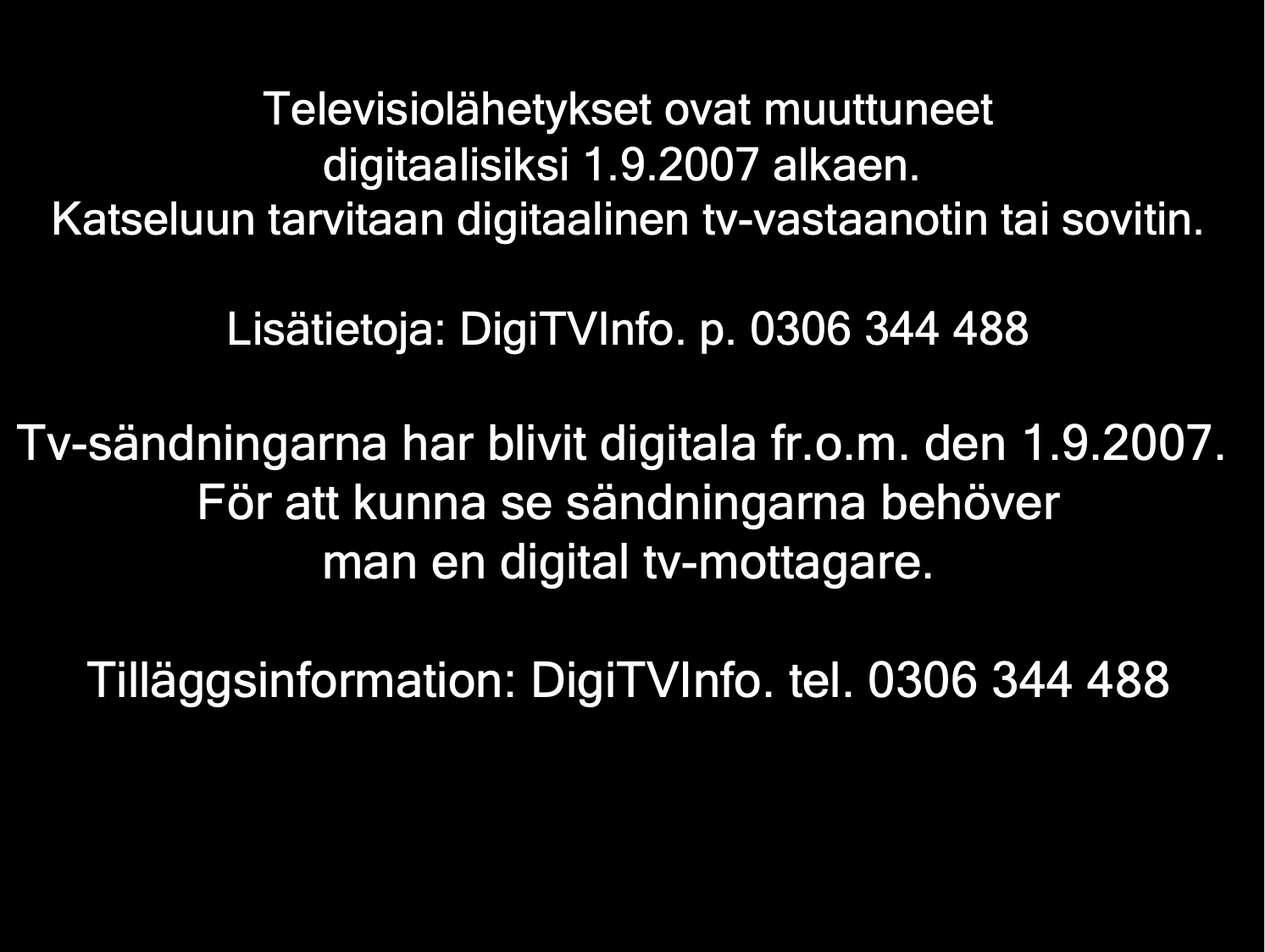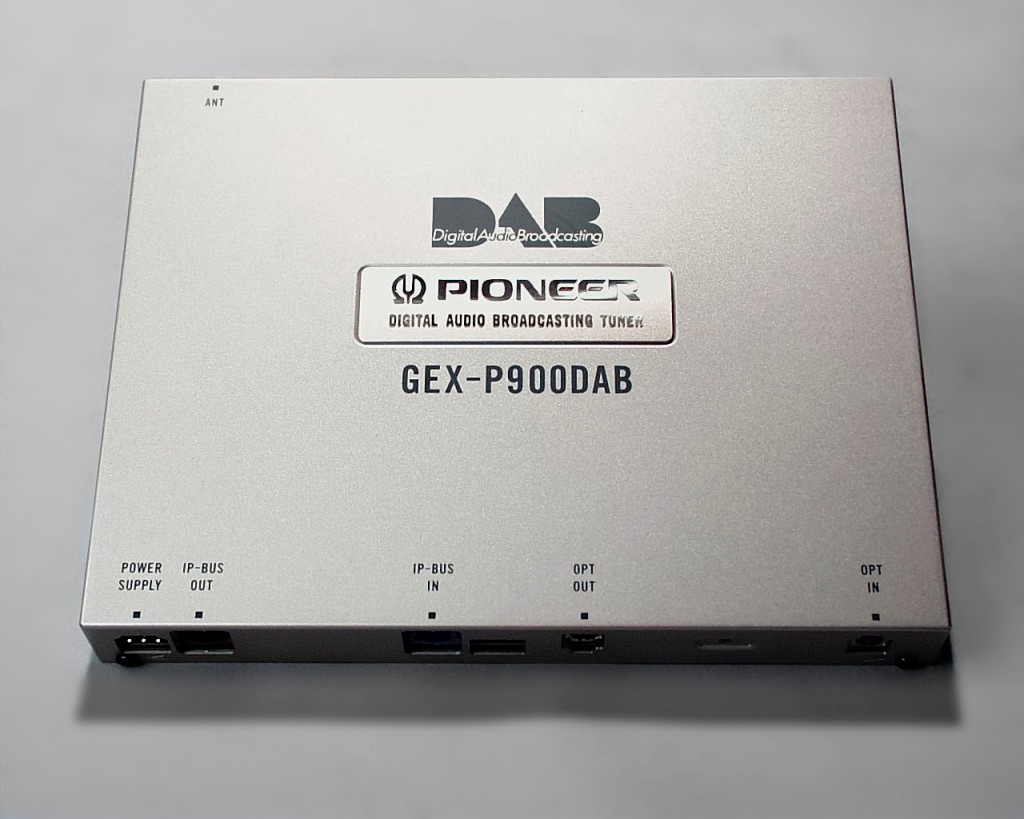|
Digital Signal (broadcasting)
Digital broadcasting is the practice of using digital signals rather than analogue signals for broadcasting over radio frequency bands (radio broadcasting). Digital television broadcasting (especially satellite television) is widespread. Digital audio broadcasting is being adopted more slowly for radio broadcasting where it is mainly used in Satellite radio. Digital links, thanks to the use of data compression, generally have greater spectral efficiency than analog links. Content providers can provide more services or a higher-quality signal than was previously available. It is estimated that the share of digital broadcasting increased from 7% of the total amount of broadcast information in 2000, to 25% in 2007. Some countries have completed a Digital television transition. See also * Digital radio *Digital television * ATSC Standards *ATSC tuner *Digital Audio Broadcasting * Digital Radio Mondiale *Digital Video Broadcasting *HD Radio *Satellite radio *Satellite television ... [...More Info...] [...Related Items...] OR: [Wikipedia] [Google] [Baidu] |
Digital Signal
A digital signal is a signal that represents data as a sequence of discrete values; at any given time it can only take on, at most, one of a finite number of values. This contrasts with an analog signal, which represents continuous values; at any given time it represents a real number within a continuous range of values. Simple digital signals represent information in discrete bands of levels. All levels within a band of values represent the same information state. In most digital circuits, the signal can have two possible valid values; this is called a binary signal or logic signal. They are represented by two voltage bands: one near a reference value (typically termed as ''ground'' or zero volts), and the other a value near the supply voltage. These correspond to the two values ''zero'' and ''one'' (or ''false'' and ''true'') of the Boolean domain, so at any given time a binary signal represents one binary digit (bit). Because of this discretization, relatively smal ... [...More Info...] [...Related Items...] OR: [Wikipedia] [Google] [Baidu] |
Digital Television Transition
The digital television transition, also called the digital switchover (DSO), the analogue switch/sign-off (ASO), the digital migration, or the analogue shutdown, is the process in which older analogue television broadcasting technology is converted to and replaced by digital television. Conducted by individual nations on different schedules, this primarily involves the conversion of analogue terrestrial television broadcasting infrastructure to Digital terrestrial television (DTT), a major benefit being extra frequencies on the radio spectrum and lower broadcasting costs, as well as improved viewing qualities for consumers. The transition may also involve analogue cable conversion to digital cable or Internet Protocol television, as well as analog to digital satellite television. Transition of land based broadcasting had begun in some countries around 2000. By contrast, transition of satellite television systems was well underway or completed in many countries by this time. ... [...More Info...] [...Related Items...] OR: [Wikipedia] [Google] [Baidu] |
Satellite Television
Satellite television is a service that delivers television programming to viewers by relaying it from a communications satellite orbiting the Earth directly to the viewer's location.ITU Radio Regulations, Section IV. Radio Stations and Systems – Article 1.39, definition: ''Broadcasting-satellite service'' The signals are received via an outdoor parabolic antenna commonly referred to as a satellite dish and a low-noise block downconverter. A satellite receiver decodes the desired television program for viewing on a television set. Receivers can be external set-top boxes, or a built-in television tuner. Satellite television provides a wide range of channels and services. It is usually the only television available in many remote geographic areas without terrestrial television or cable television service. Different receivers are required for the two types. Some transmissions and channels are unencrypted and therefore free-to-air, while many other channels are transmitted with enc ... [...More Info...] [...Related Items...] OR: [Wikipedia] [Google] [Baidu] |
HD Radio
HD Radio (HDR) is a trademark for in-band on-channel (IBOC) digital radio broadcast technology. HD radio generally simulcast, simulcasts an existing analog radio station in digital format with less noise and with additional text information. HD Radio is used primarily by FM broadcasting, FM radio stations in the United States, U.S. Virgin Islands, Canada, Mexico and the Philippines, with a few implementations outside North America. HD Radio transmits the digital signals in unused portions of the same band as the analog AM and FM signals. As a result, radios are more easily designed to pick up both signals, which is why the HD in HD Radio is sometimes referred to stand for "hybrid digital", not "high definition". Officially, HD is not intended to stand for any term in HD Radio, it is simply part of iBiquity's trademark, and does not have any meaning on its own. HD Radios tune into the station's analog signal first and then look for a digital signal. The European DRM system shares c ... [...More Info...] [...Related Items...] OR: [Wikipedia] [Google] [Baidu] |
Digital Video Broadcasting
Digital Video Broadcasting (DVB) is a set of international open standards for digital television. DVB standards are maintained by the DVB Project, an international industry consortium, and are published by a Joint Technical Committee (JTC) of the European Telecommunications Standards Institute (ETSI), European Committee for Electrotechnical Standardization (CENELEC) and European Broadcasting Union (EBU). Transmission DVB systems distribute data using a variety of approaches, including: * Satellite: DVB-S, DVB-DSNG, DVB-S2, DVB-S2X and DVB-SH ** DVB-SMATV for distribution via SMATV * Cable: DVB-C, DVB-C2 * Terrestrial television: DVB-T, DVB-T2 ** Digital terrestrial television for handhelds: DVB-H, DVB-SH * Microwave: using DTT ( DVB-MT), the MMDS ( DVB-MC), and/or MVDS standards ( DVB-MS) These standards define the physical layer and data link layer of the distribution system. Devices interact with the physical layer via a synchronous parallel interface ... [...More Info...] [...Related Items...] OR: [Wikipedia] [Google] [Baidu] |
Digital Radio Mondiale
Digital Radio Mondiale (DRM; ''mondiale'' being Italian and French for "worldwide") is a set of digital audio broadcasting technologies designed to work over the bands currently used for analogue radio broadcasting including AM broadcasting—particularly shortwave—and FM broadcasting. DRM is more spectrally efficient than AM and FM, allowing more stations, at higher quality, into a given amount of bandwidth, using xHE-AAC audio coding format. Various other MPEG-4 codecs and Opus are also compatible, but the standard now specifies xHE-AAC. Digital Radio Mondiale is also the name of the international non-profit consortium that has designed the platform and is now promoting its introduction. Radio France Internationale, TéléDiffusion de France, BBC World Service, Deutsche Welle, Voice of America, Telefunken (now Transradio) and Thomcast (now Ampegon) took part at the formation of the DRM consortium. The principle of DRM is that bandwidth is the limiting factor, and ... [...More Info...] [...Related Items...] OR: [Wikipedia] [Google] [Baidu] |
Digital Audio Broadcasting
Digital Audio Broadcasting (DAB) is a digital radio international standard, standard for broadcasting digital audio radio services in many countries around the world, defined, supported, marketed and promoted by the WorldDAB organisation. The standard is dominant in Europe and is also used in Australia, and in parts of Africa and as of 2025, countries using DAB/DMB, 55 countries are actively running DAB broadcasts as an alternative platform to analogue FM. DAB was the result of a European research project and first publicly rolled out in 1995, with consumer-grade DAB Radio receiver, receivers appearing at the start of this millennium. Initially it was expected in many countries that existing FM broadcasting, FM services would switch over to DAB, although the take-up of DAB has been much slower than expected. In 2023, Norway became the first country to have implemented a national FM radio switch-off, with others to follow in the next years, Switzerland and the United Kingdom ... [...More Info...] [...Related Items...] OR: [Wikipedia] [Google] [Baidu] |
ATSC Tuner
An ATSC (Advanced Television Systems Committee) tuner, often called an ATSC receiver or HDTV tuner, is a type of television tuner that allows reception of digital television (DTV) television channels that use ATSC standards, as transmitted by television stations in North America (including parts of Central America) and South Korea. Such tuners are usually integrated into a television set, VCR, digital video recorder (DVR), or set-top box which provides audio/video output connectors of various types. Another type of television tuner is a digital television adapter (DTA) with an analog passthrough. Technical overview The terms "tuner" and "receiver" are used loosely, and it is perhaps more appropriately called an ATSC receiver, with the tuner being part of the receiver (see Metonymy). The receiver generates the audio and video (AV) signals needed for television, and performs the following tasks: demodulation; Error detection and correction, error correction; MPEG transport stream m ... [...More Info...] [...Related Items...] OR: [Wikipedia] [Google] [Baidu] |
Digital Radio
Digital radio is the use of digital technology to transmit or receive across the radio spectrum. Digital transmission by radio waves includes digital broadcasting, and especially digital audio radio services. This should not be confused with Internet radio which also is digital but not transmitted by radio waves in the radio spectrum. Types In digital broadcasting systems, the analog audio signal is digitized, compressed using an audio coding format such as AAC+ ( MDCT) or MP2, and transmitted using a digital modulation scheme. The aim is to increase the number of radio programs in a given spectrum, to improve the audio quality, to eliminate fading problems in mobile environments, to allow additional datacasting services, and to decrease the transmission power or the number of transmitters required to cover a region. However, analog radio (AM and FM) is still more popular and listening to radio over IP (Internet Protocol) is growing in popularity. In 2012, four dig ... [...More Info...] [...Related Items...] OR: [Wikipedia] [Google] [Baidu] |
Science (journal)
''Science'' is the peer review, peer-reviewed academic journal of the American Association for the Advancement of Science (AAAS) and one of the world's top academic journals. It was first published in 1880, is currently circulated weekly and has a subscriber base of around 130,000. Because institutional subscriptions and online access serve a larger audience, its estimated readership is over 400,000 people. ''Science'' is based in Washington, D.C., United States, with a second office in Cambridge, UK. Contents The major focus of the journal is publishing important original scientific research and research reviews, but ''Science'' also publishes science-related news, opinions on science policy and other matters of interest to scientists and others who are concerned with the wide implications of science and technology. Unlike most scientific journals, which focus on a specific field, ''Science'' and its rival ''Nature (journal), Nature'' cover the full range of List of academ ... [...More Info...] [...Related Items...] OR: [Wikipedia] [Google] [Baidu] |
Analogue Signal
An analog signal (American English) or analogue signal (British and Commonwealth English) is any continuous-time signal representing some other quantity, i.e., ''analogous'' to another quantity. For example, in an analog audio signal, the instantaneous signal voltage varies continuously with the pressure of the sound waves. In contrast, a digital signal represents the original time-varying quantity as a Sampling (signal processing), sampled sequence of Quantization (signal processing), quantized values. Digital sampling imposes some Nyquist frequency, bandwidth and dynamic range constraints on the representation and adds quantization noise. The term ''analog signal'' usually refers to electrical signals; however, Classical mechanics, mechanical, pneumatic, hydraulic, and other systems may also convey or be considered analog signals. Representation An analog signal uses some property of the medium to convey the signal's information. For example, an aneroid barometer uses rota ... [...More Info...] [...Related Items...] OR: [Wikipedia] [Google] [Baidu] |




